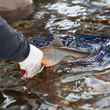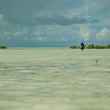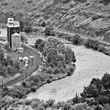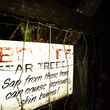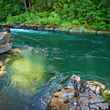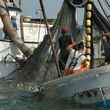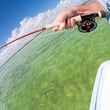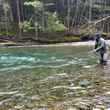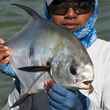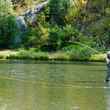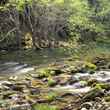Let’s keep this as simple as possible. There are millions of fly fishers here in the United States. Many of us are passionate anglers who care deeply about our sport. If we want productive fisheries in the future, then we need clean water and robust landscapes. Healthy ecosystems are an absolute prerequisite for healthy fisheries. Unfortunately, America’s waters are currently faced with any number of serious threats, including habitat destruction, invasive species and pollution.
Get up, stand up
by Todd Tanner - Saturday, Aug 16th, 2025



